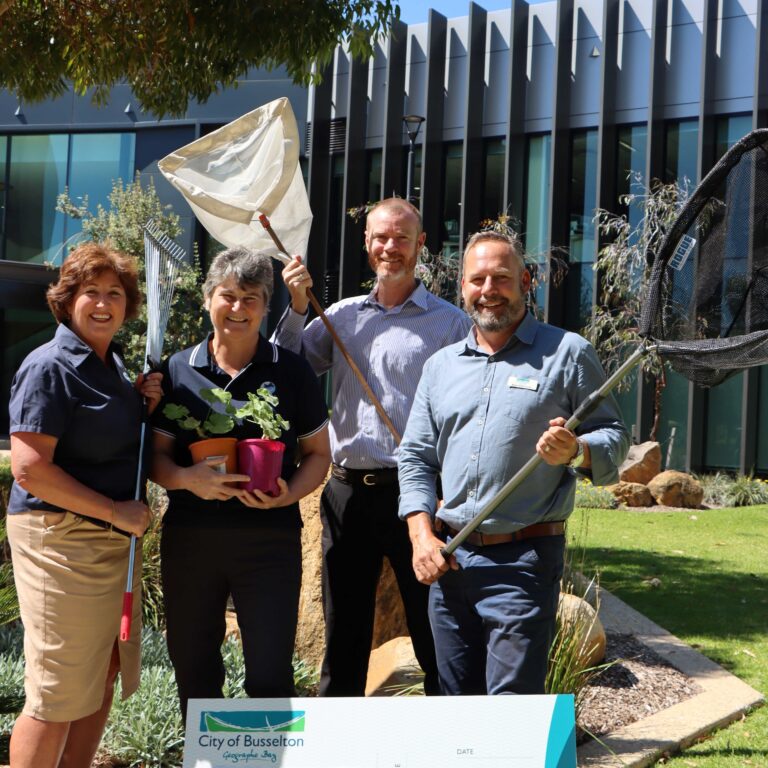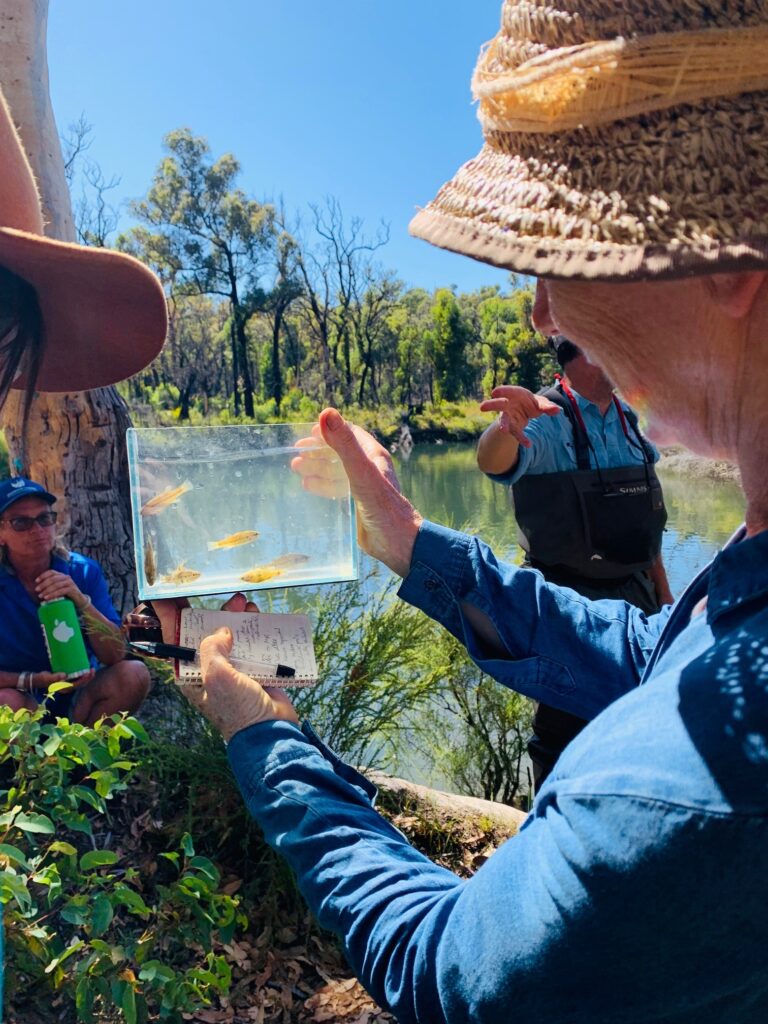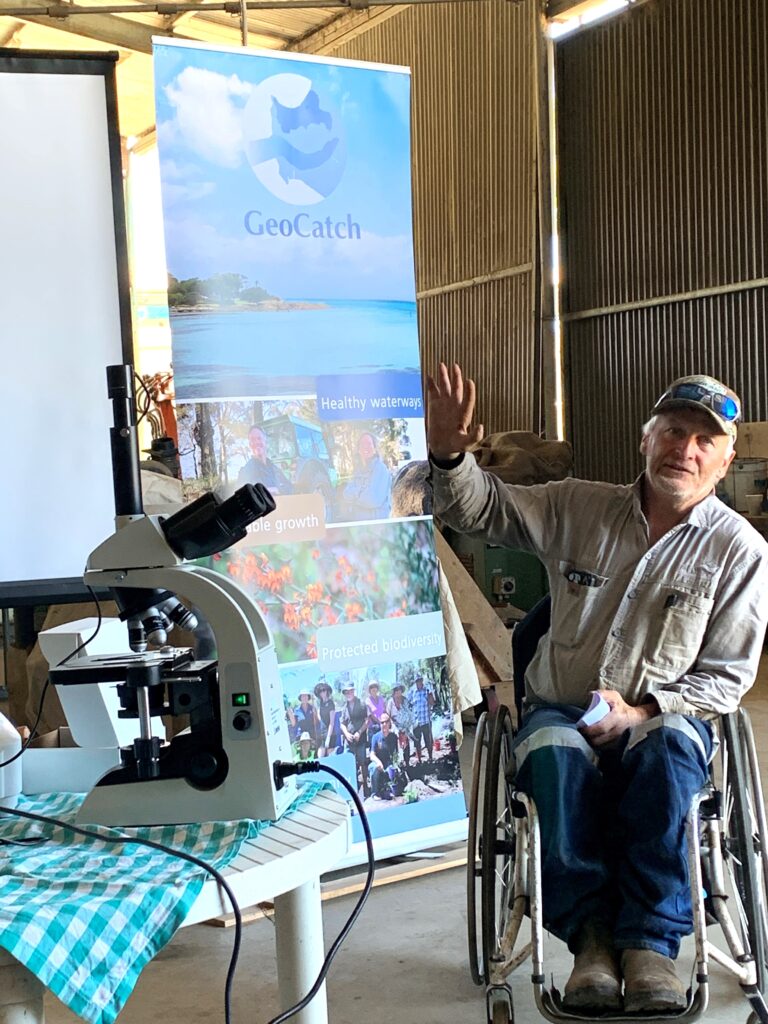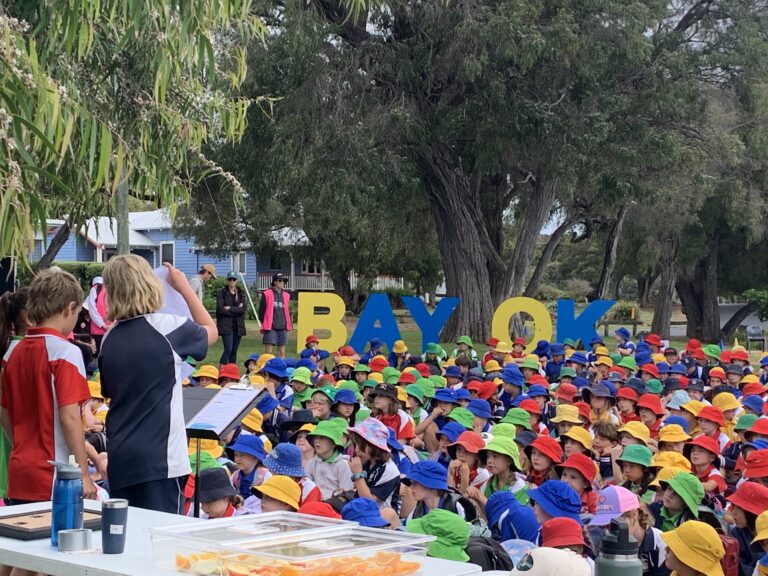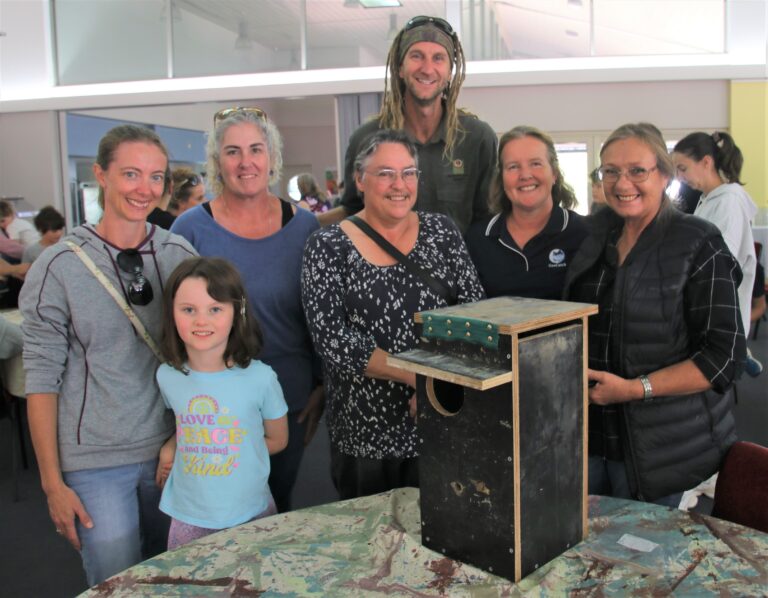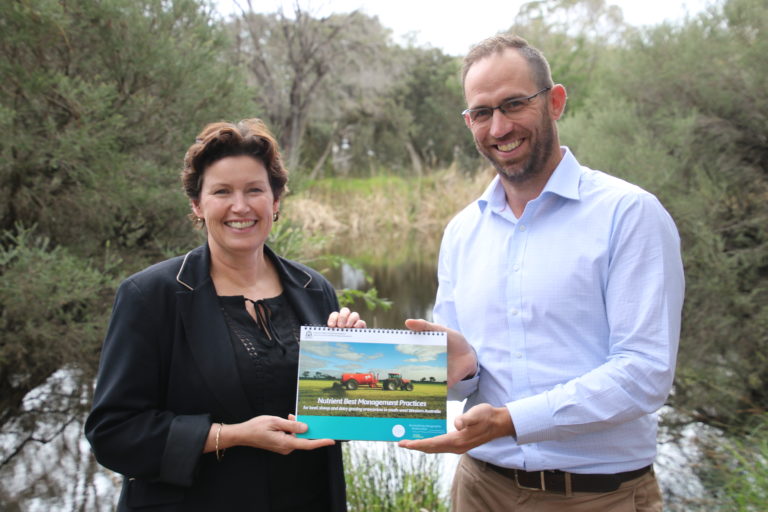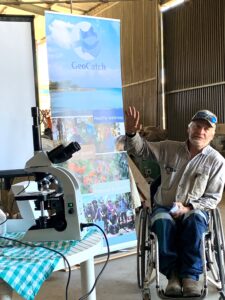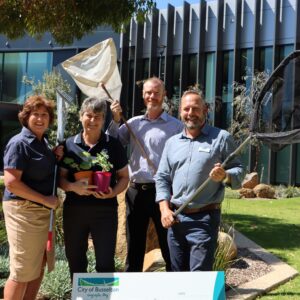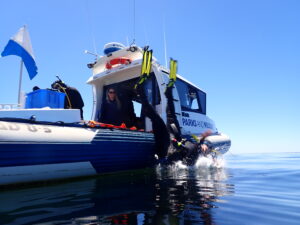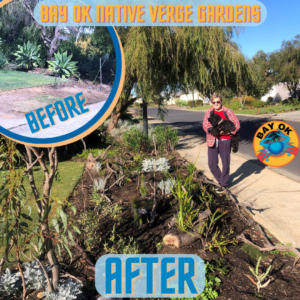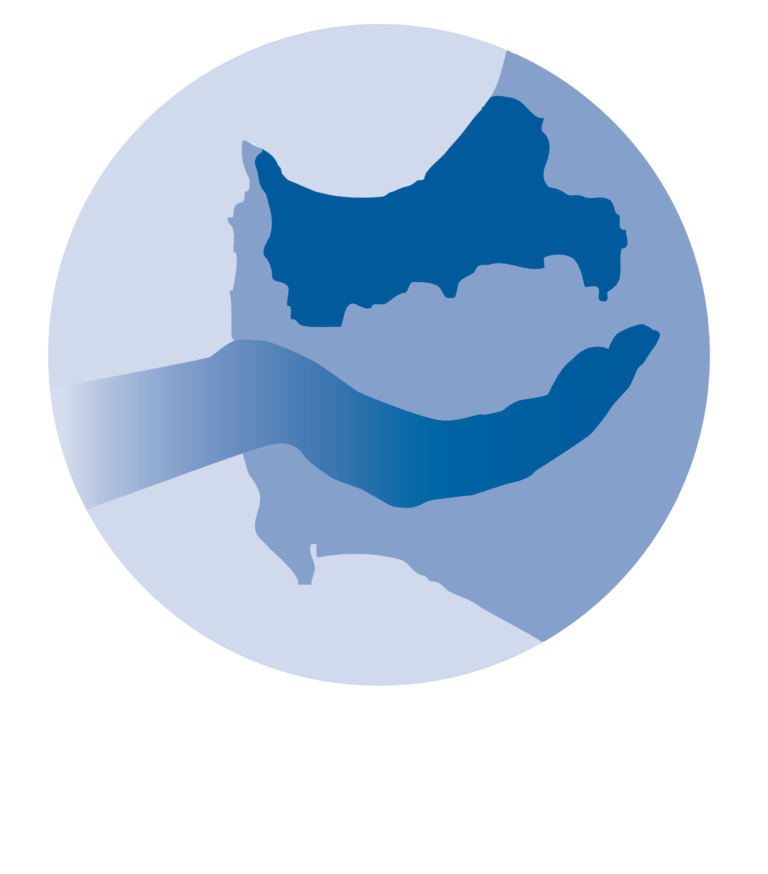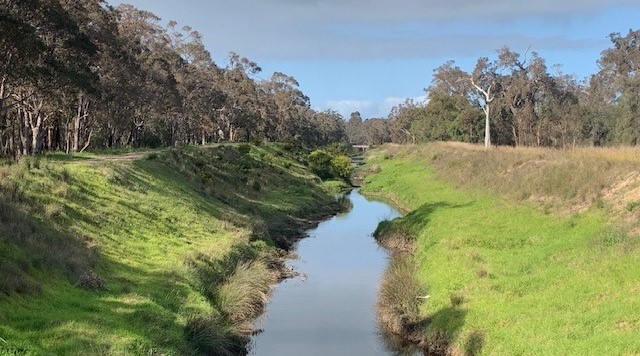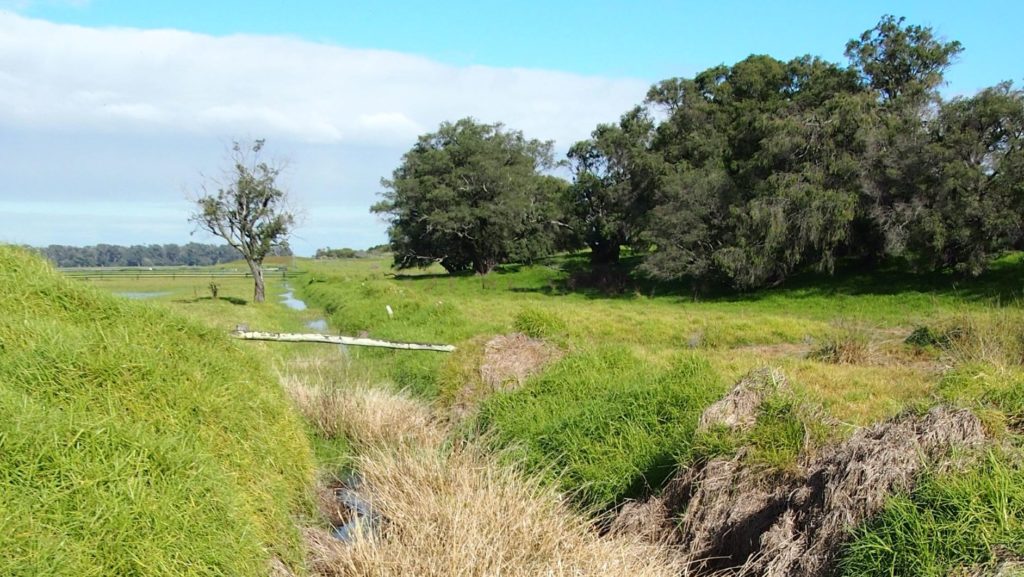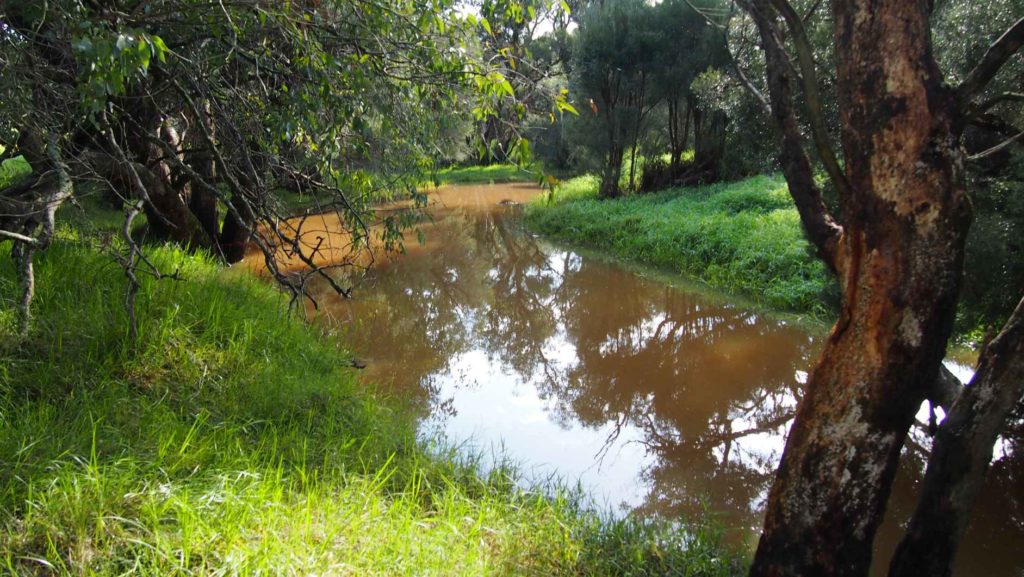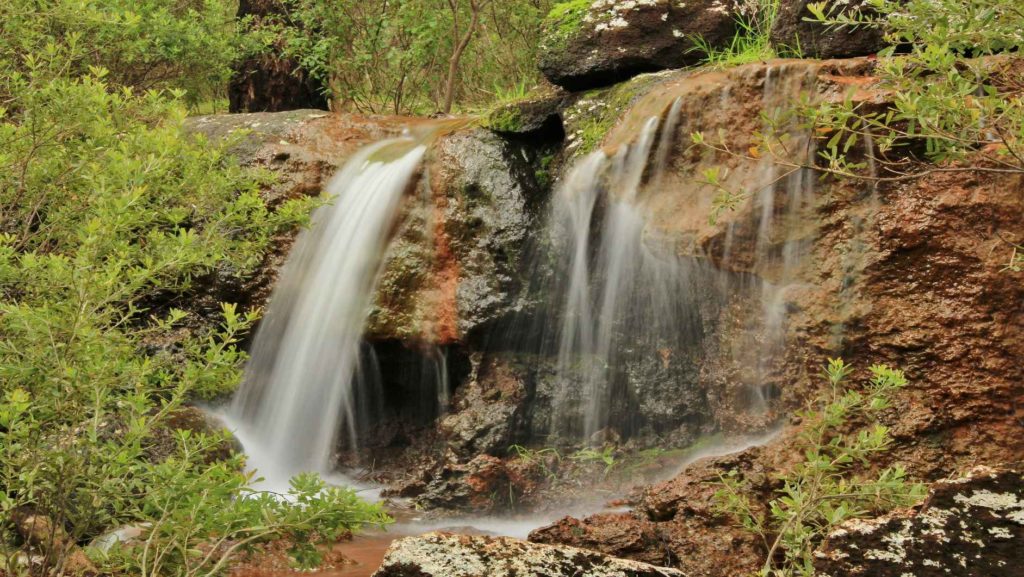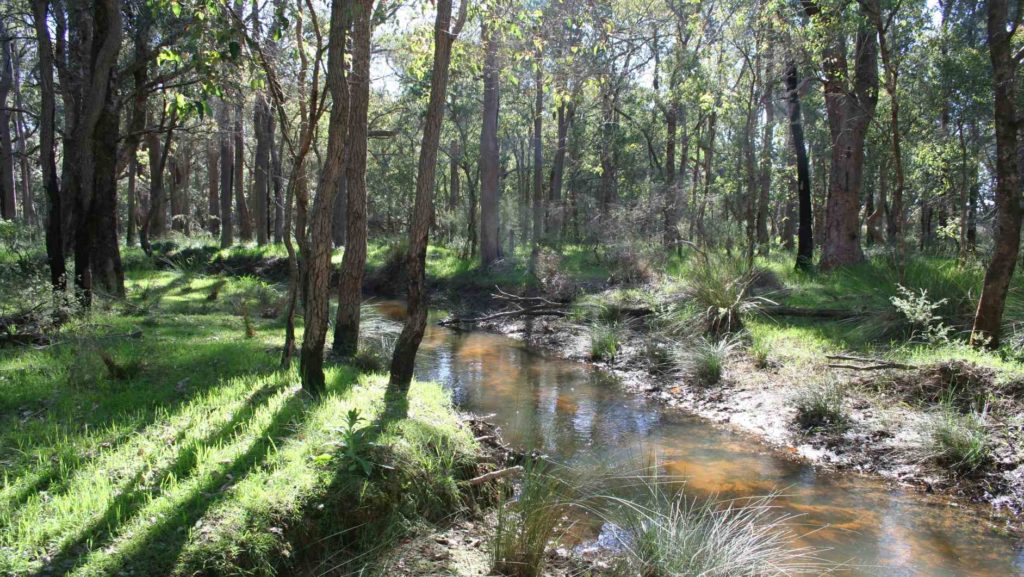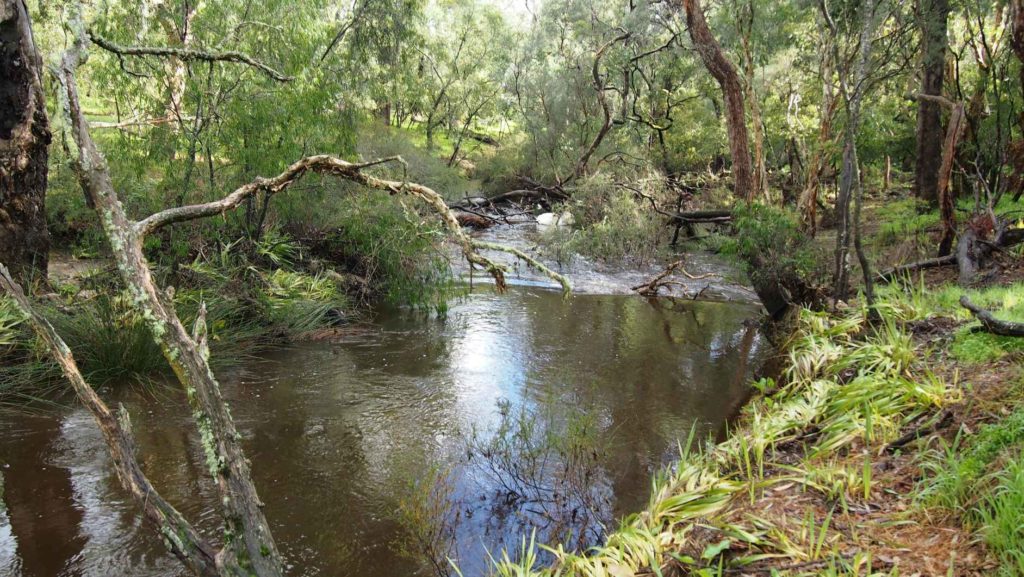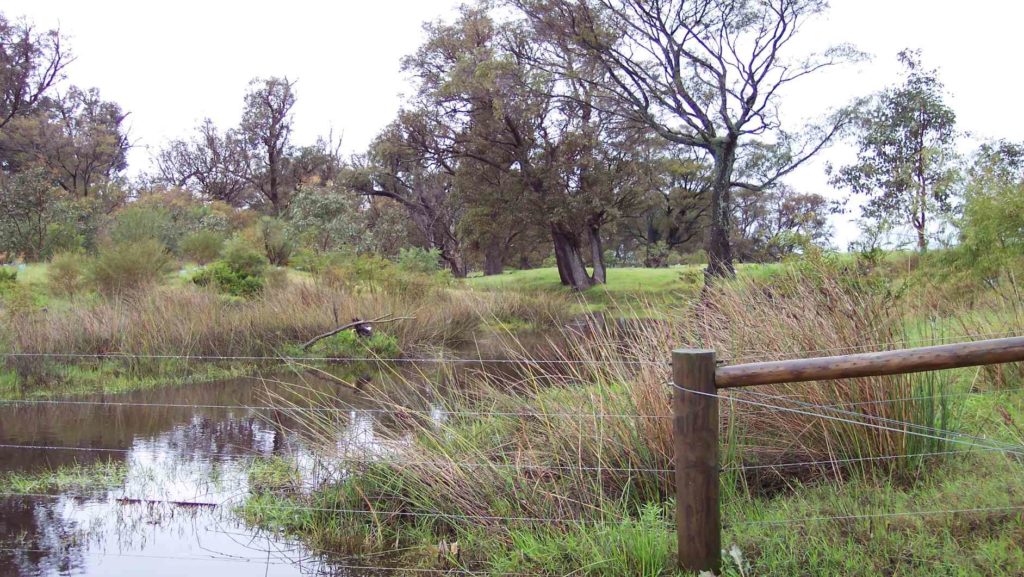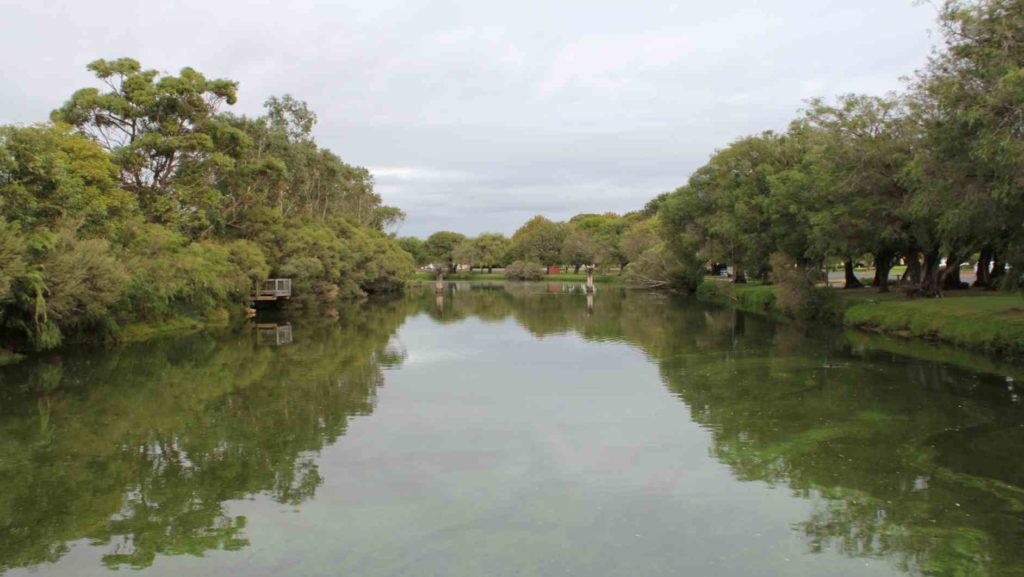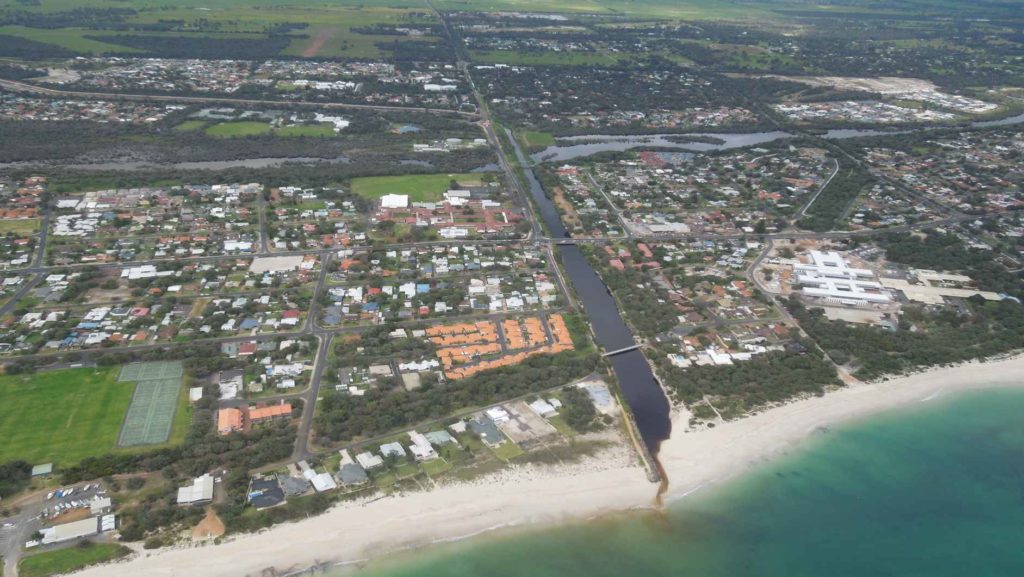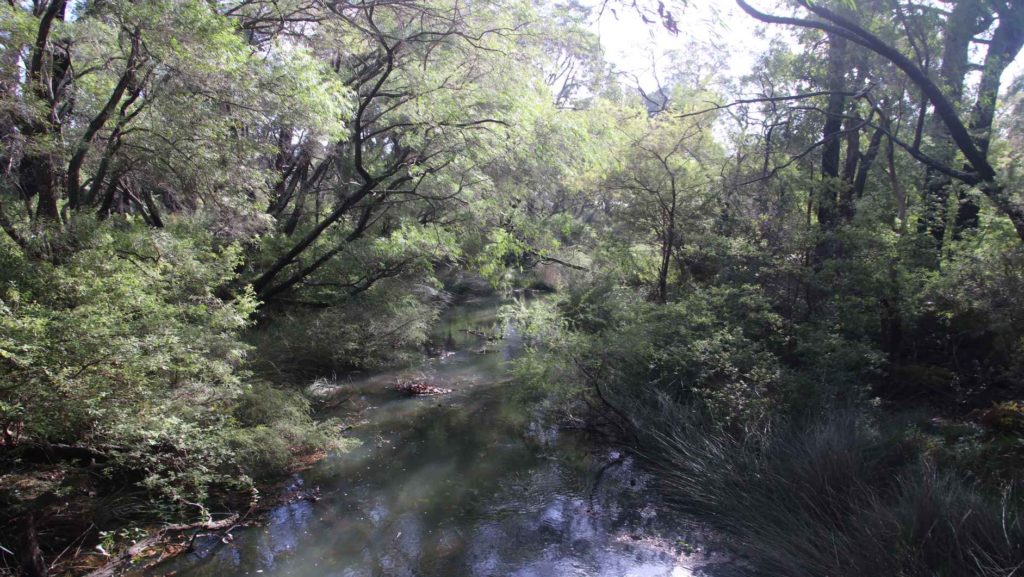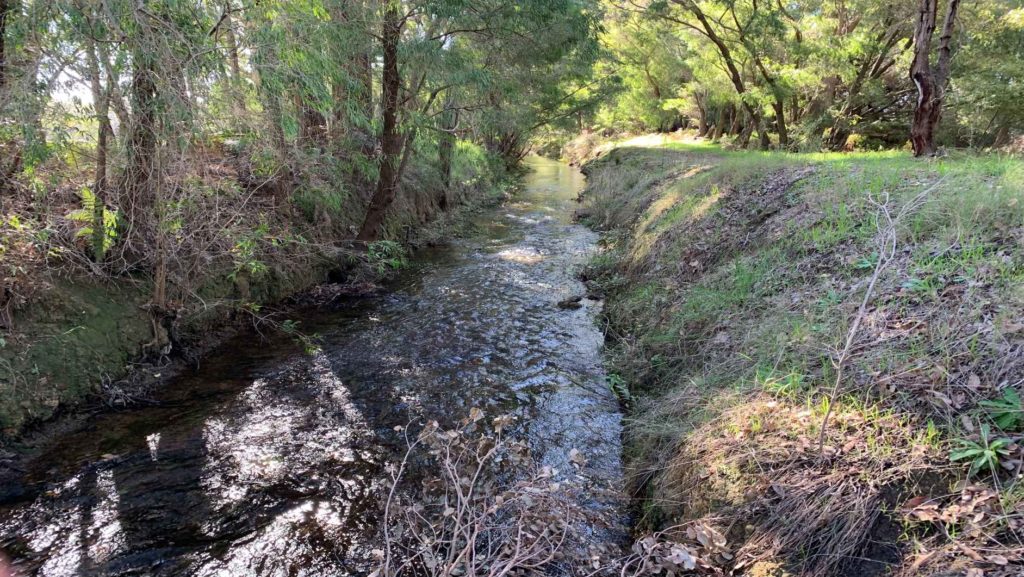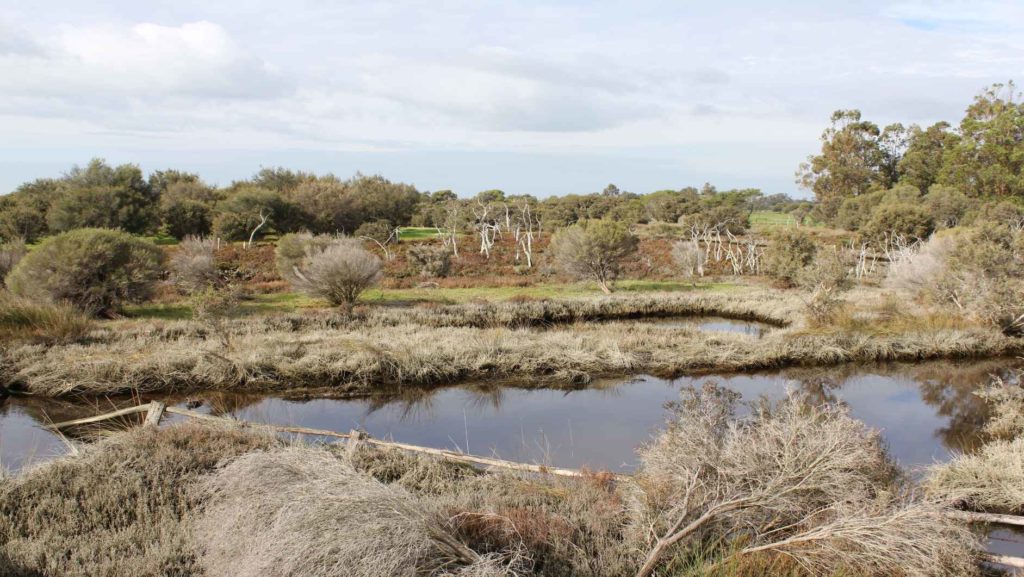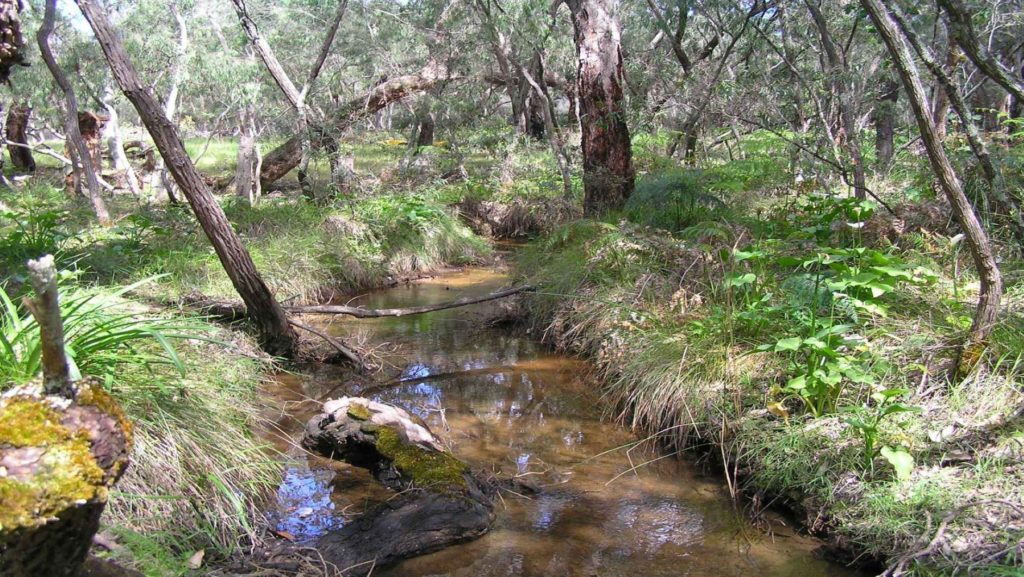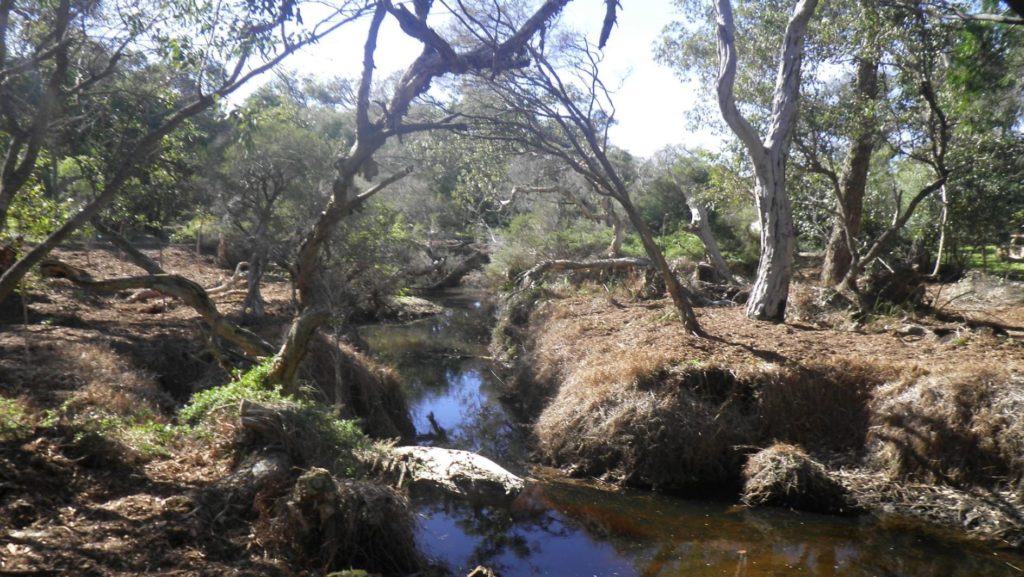New guidelines to assist farmers and reduce environmental impacts
- Best practice guidelines to assist South-West grazing farmers with on-farm management of nutrients
- New guidelines will help farmers maximise stock productivity, while reducing nutrient runoff and environmental impacts on our local waterways
- Guidelines part of the McGowan Government’s $25 million Healthy Estuaries WA and Revitalising Geographe Waterways programs
Water Minister Dave Kelly has today announced the release of new best practice guidelines for nutrient management to assist grazing farmers in Western Australia’s South-West.
The guidelines provide valuable information to help grazing farmers maximise stock productivity, while minimising environmental impacts in local waterways, and have been developed over the past two years with input from farmers, scientists, catchment groups and fertiliser industry representatives.
The best practice guidelines focus on the optimal use of fertiliser and increasing productivity, and reducing environmental impacts on our precious South-West waterways.
More than 70 per cent of phosphorus and nitrogen entering our South-West estuaries comes from grazing properties, making this type of land use the largest contributor of these nutrients to local waterways. The best practice guidelines will play an important role in reducing nutrient runoff and improving ecosystem water quality.
The guidelines reflect the internationally recognised 4Rs of best practice nutrient stewardship that optimise the efficiency of fertiliser use: Right source, Right rate, Right time and Right place.
This new online resource also specifies farm management practices to keep nutrients on farm and maximise productivity, as well as information relevant to the climatic and soil conditions of the high rainfall, coastal zones of South-West WA.
Links in the new guidelines will also assist farmers with calculating their own fertiliser or lime requirements or support them in finding a local accredited advisor. Farmers can also benchmark their performance against the best management practices, allowing them to demonstrate their sustainability and make improvements over time.
The new guidelines have been developed through the McGowan Government’s $25 million Healthy Estuaries WA and the Revitalising Geographe Waterways programs, and supported through the Australian Government’s National Landcare Program.
The best practice guidelines are available at Nutrient Best Management Practices | GeoCatch
Comments attributed to Water Minister Dave Kelly:
“These new guidelines are a valuable resource for farmers that will help them to reduce nutrient run-off into local waterways while maintaining the productivity of their grazing farms.
“Providing best practice guidance to agricultural industries will assist in improving water quality and biodiversity in our waterways.
“I commend all those who have been involved in producing these best practice management guidelines and I encourage farmers to utilise this essential resource.”
Comments attributed to Vasse Taskforce Chair Jackie Jarvis:
“The best practice management guidelines reflect the McGowan Government’s continued commitment to improving the health of our Geographe waterways, which will benefit local communities and tourists for generations to come.
“We value the collaborative efforts of the many farmers we work with who are continuously innovating and working hard to improve their farming practices as well as supporting the protection of our waterways.
“The guidelines will prove to be an important resource for both tackling waterways health as well as assisting grazing farmers to maximise stock productivity.”

